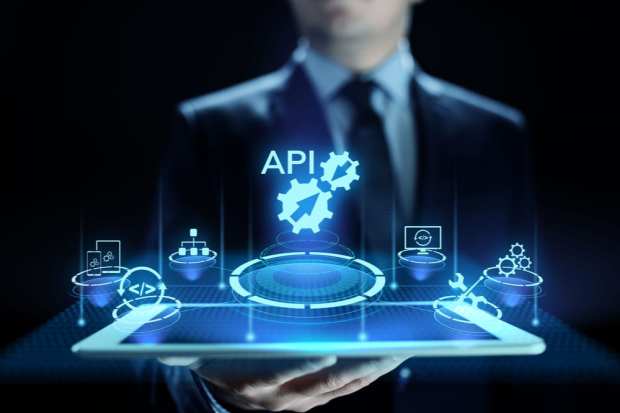The Direct — And Indirect — Paths To API Monetization

These are trying times.
The way we live life — and especially, the ways in which we transact — have seen seismic shifts. Stay-at-home mandates and working from home are now becoming the norm across the globe as the coronavirus pandemic continues. And for financial services, the shift toward online activity may be a permanent one.
In an interview with PYMNTS, Amit Aggarwal, senior vice president of Code Connect & Open APIs, Product Management, at FIS, said application programming interfaces (APIs) can be monetized by financial institutions (FIs) as they tap into customer data. Better access to data and functionality can speed the drive to meet new — and even unforeseen — challenges and opportunities in everyday corporate and consumer-facing relationships.
“There are multiple angles to monetization,” he told PYMNTS. “And when I think about monetization, I think about direct and indirect means of doing that.”
In discussing direct monetization, he pointed to the fact that FIs can offer APIs to FinTechs, which effectively pay for access as a service. These tech-nimble startups could conceivably leverage APIs to facilitate deposit or loan originations, said Aggarwal, as they aren’t able to independently conduct those activities.
“They don’t have the bank charter that is required to make that happen,” he said, “and they have to go to a financial institution for those services, or to someone who has ‘packaged’ those services in some way, shape or form.”
FIs also can realize the benefits of “direct” monetization through their corporate clients. Aggarwal said larger corporations (such as Walmart) may be operating with a broad set of sophisticated back-end systems and may want to integrate their banking relationships into those systems without having to go through multiple screens.
The Shift Toward Online Banking
The overall benefit of APIs comes through rapid access, he said — and mentioned Code Connect, which the company has termed an “API marketplace” that can help developers build solutions across banking, wealth management and payment activities, among others.
The marketplace model, which connects banks, FIS and FinTechs, he said, allows the ecosystem to leverage thousands of APIs across FIS — giving rise to a “Lego store” of sorts, where different pieces or components offer up a range of capabilities that can be pieced together to serve end customer needs as they arise.
One of the most readily apparent examples of data made more available across the financial services landscape on a grand scale can be seen with Plaid, he said, which has been able to aggregate data across more than 9,000 banks and make that data accessible through APIs.
Asked about key concerns amid the continued shift to online banking, Aggarwal said data security remains top of mind, and he said the marketplace ensures that only individuals entitled or authorized to conduct development activities are in fact doing so.
Aggarwal maintained that product innovation and development cycles can be shortened from 18 months to just a few months or even weeks.
“They’re able to achieve that speed to market,” he said of the shortened development cycles, “because previously, the information wasn’t available, and it also was hiding behind the firms’ technical walls. It’s a way of democratizing the APIs.”
Breaking down those data silos means that FIs can embrace “indirect” monetization, he said, where leveraging data and functionality tied to consumers and corporate clients can lead to significant revenue opportunities — and stickier relationships.
Against this backdrop, he said, and with a nod to the current economic climate, banks may find opportunity in helping to streamline a customer’s unemployment “life cycle” — by leveraging APIs in a way that helps collect the individual’s employment and banking data and perhaps help get funds dispersed onto a prepaid card.
“We’re touching maybe six, seven different systems that historically were not tied together because this situation — and capability — never arose before,” he said.
“The derivatives that can be generated, the use cases that can be solved because of APIs are just exponential,” he told PYMNTS.
